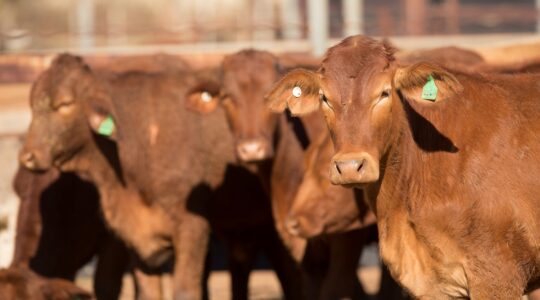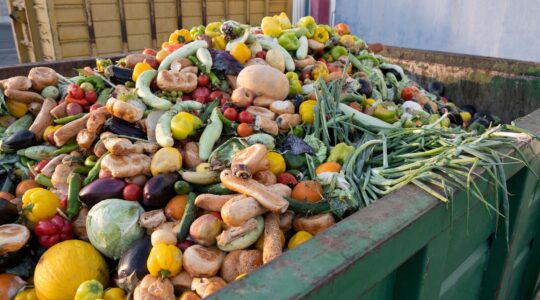The dream of “early retirement” for Australians is steadily evaporating with the average expected age to finish work pushing out beyond 65.
Australian Bureau of Statistics retirement intention data, released today, showed that the average intended retirement age for workers over 45 was now 65.4.
This compared with 62.3 just a decade ago.
Women in particular had pushed out their retirement plans. In 2014 the average expected retirement age for a woman was 61, compared to 65.1 in the latest figures.
For men the figure jumped from 63.2 to 65.7 between 2014-15 and 2022-23.
Financial security remains the most prevalent factor influencing retirement age (at 36 percent). Health was the key factor for 22 percent and 14 percent were still mostly influenced by reaching the pension qualification age.
The data released today also showed the actual age when people were retiring, and this also reflected later withdrawals from the workforce.
ABS head of labour statistics Bjorn Jarvis said that the average age of people who retired in the past 20 years was 61.4 years.
“This average has risen from 58.5 years in 2014-15 and from 57.4 years in 2004-05,” he said.
“Retirees from the arts and recreation services industry retired, on average, later than all other industries, at 64.4 years. The industry with the youngest average age of retirement was accommodation and food services, where retirees, on average, retired at 58.5 years.”
Despite the major push towards compulsory superannuation since the 1980s, in 2022-23, Government pensions were still the main source of income for 43 percent of retirees.
This was followed by superannuation, an annuity or private pension at 27 percent.
“Over the past decade the number of people who said they had no personal income has fallen from 25 percent in 2012-13 down to 12 percent in 2022-23,” Mr Jarvis said.
“The number of women who relied on their partner’s income as their main source of funds for meeting living costs at retirement has fallen by more than 10 percentage points over the decade, dropping from 44 percent in 2012-13 to 31 percent in 2022-23.”
More details are on the ABS website.








